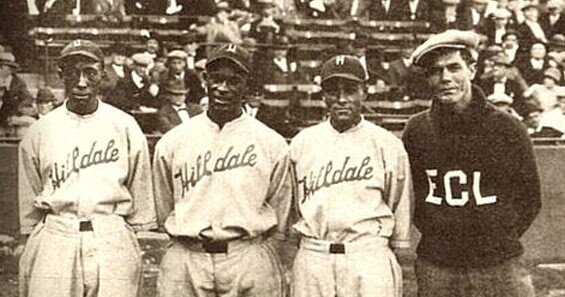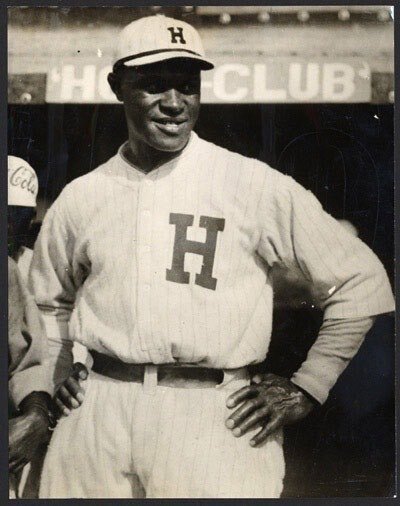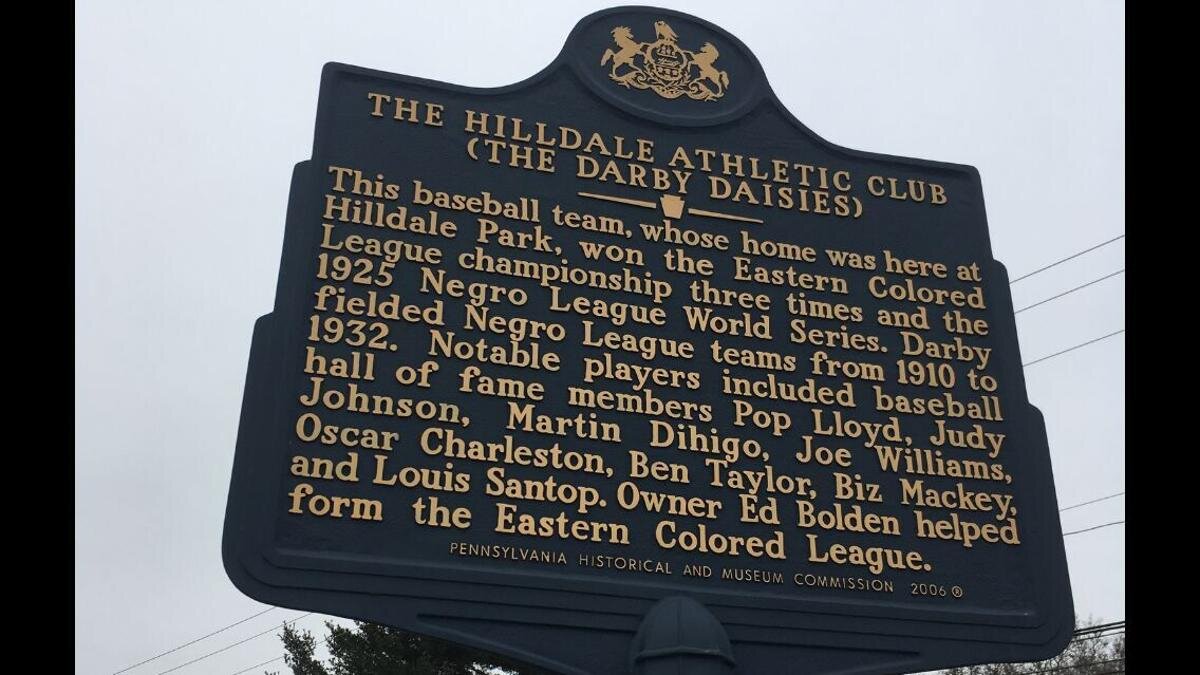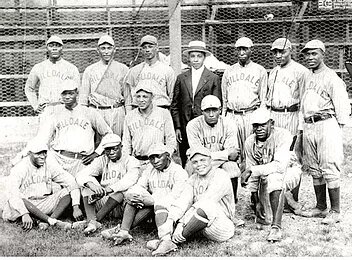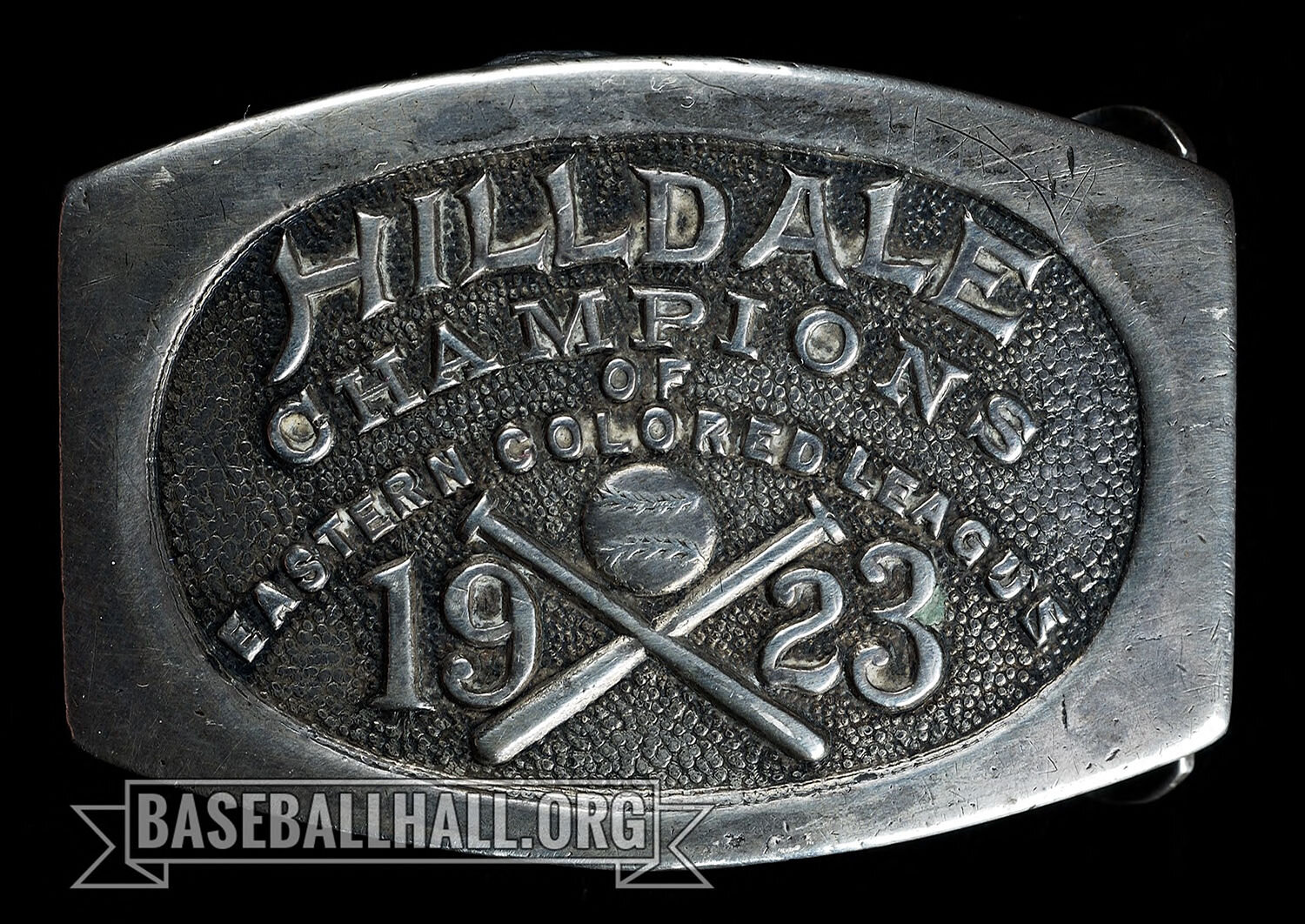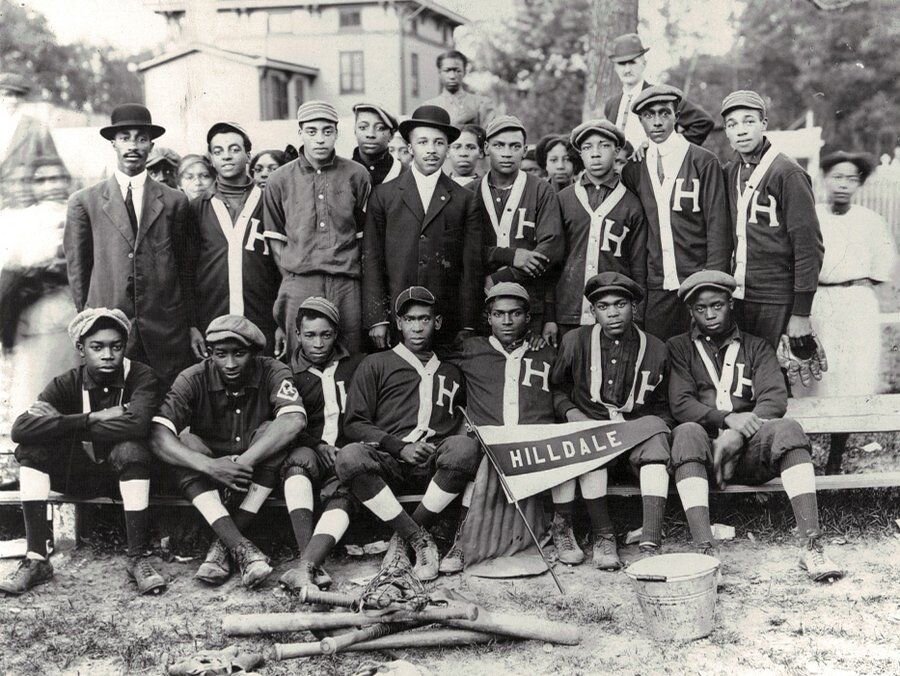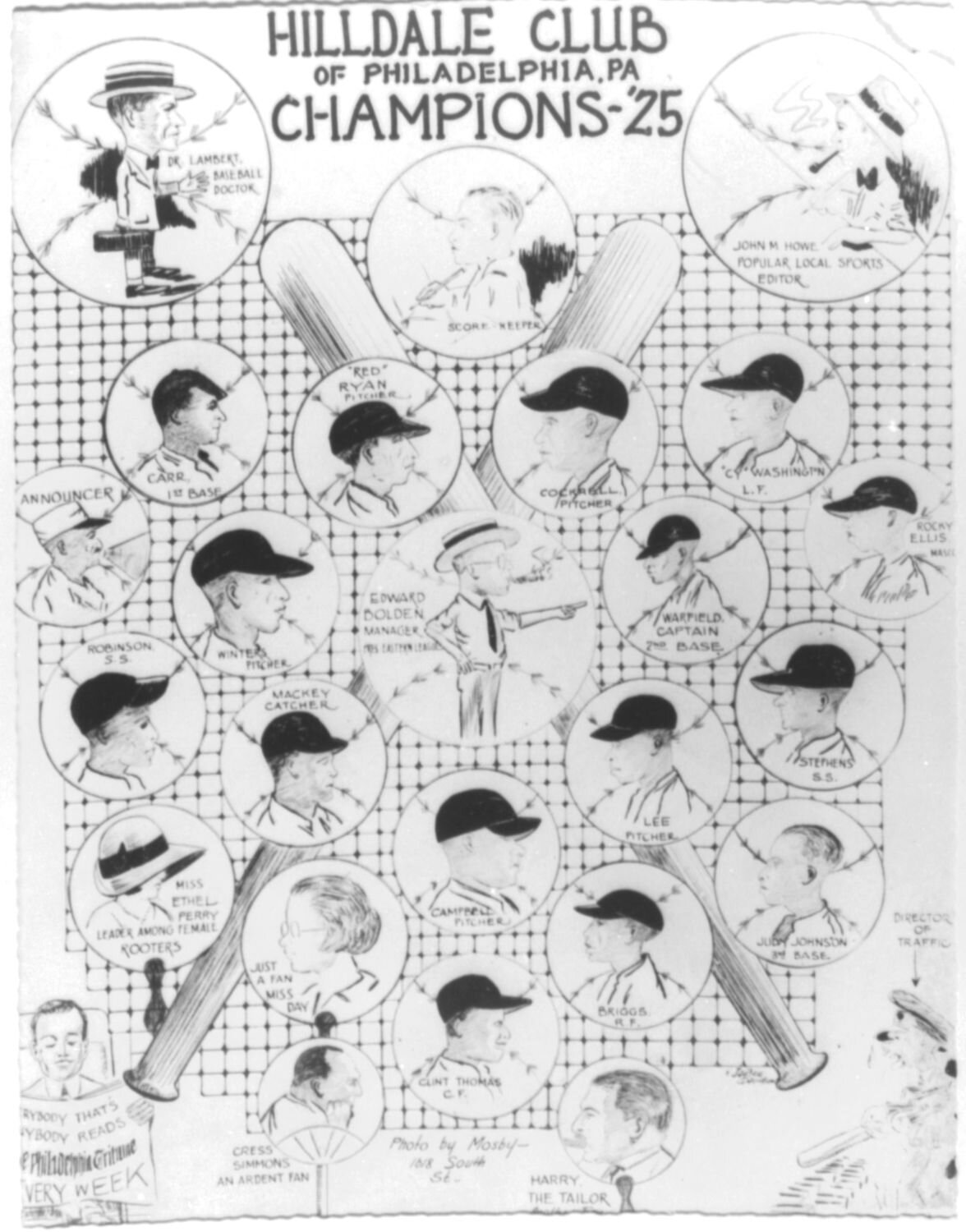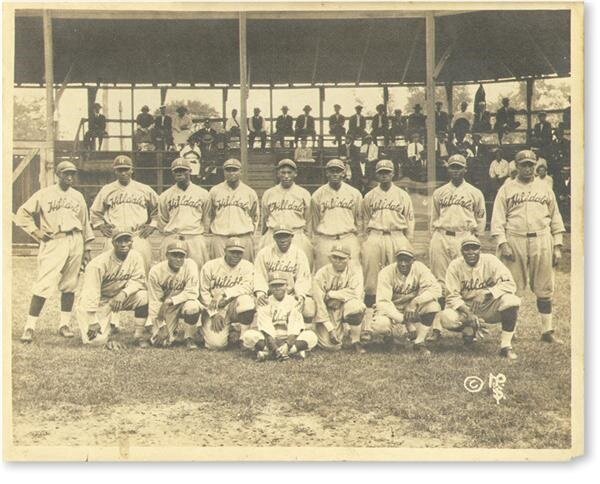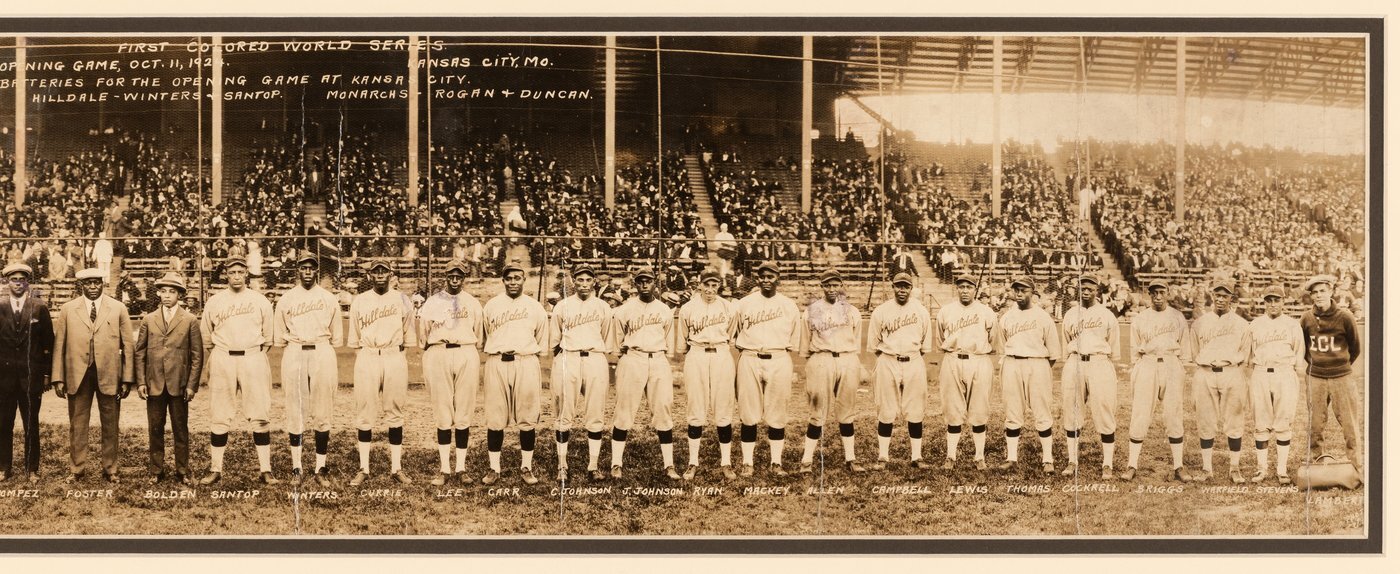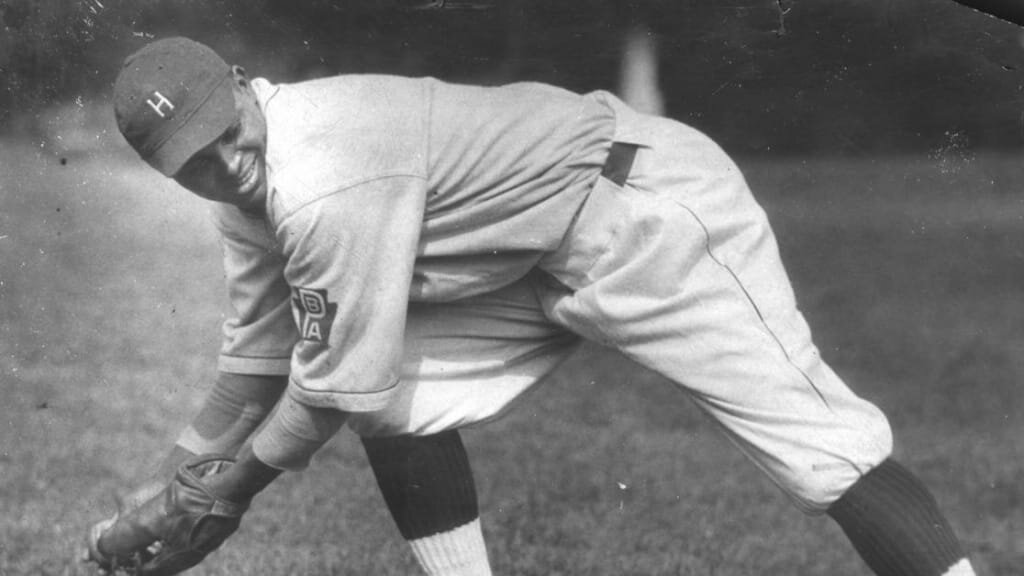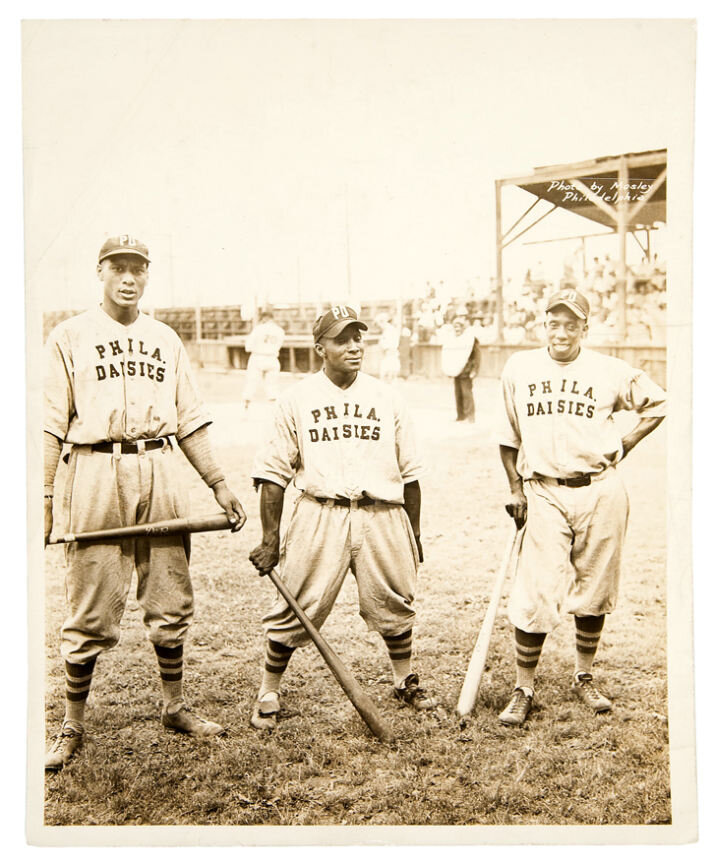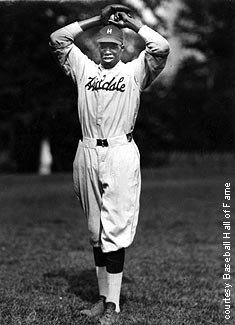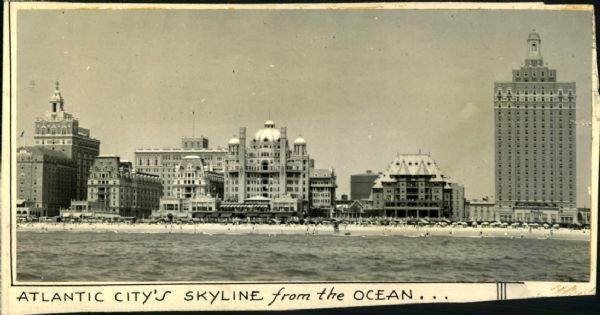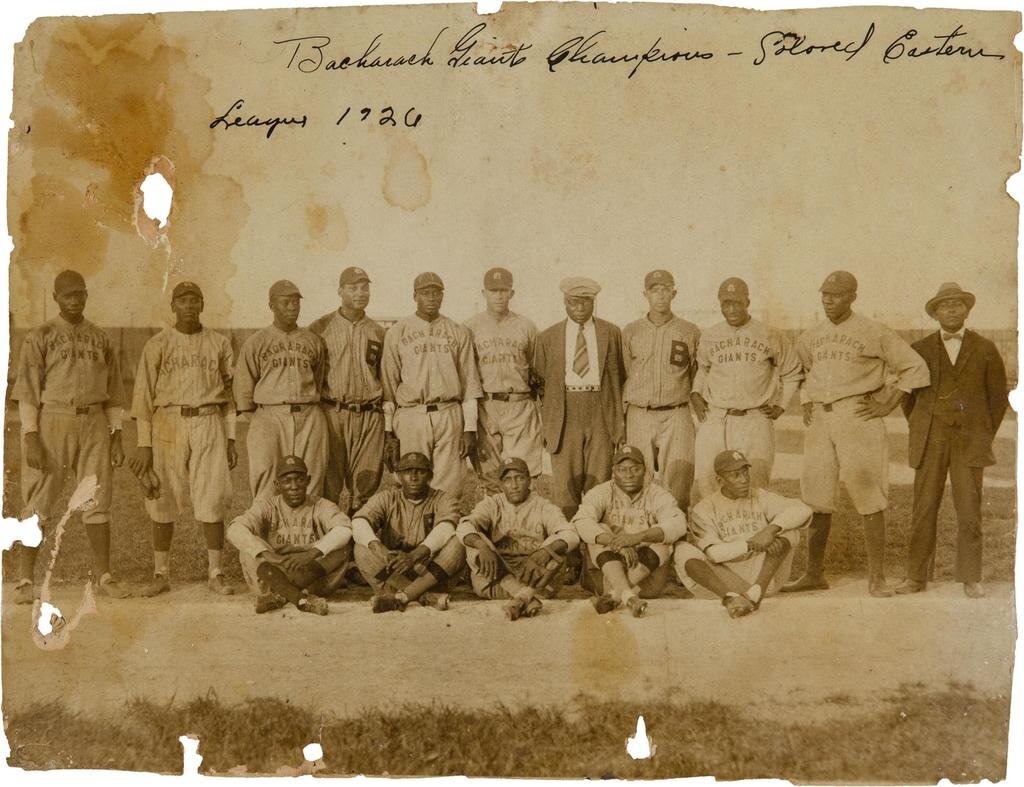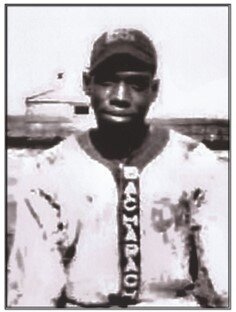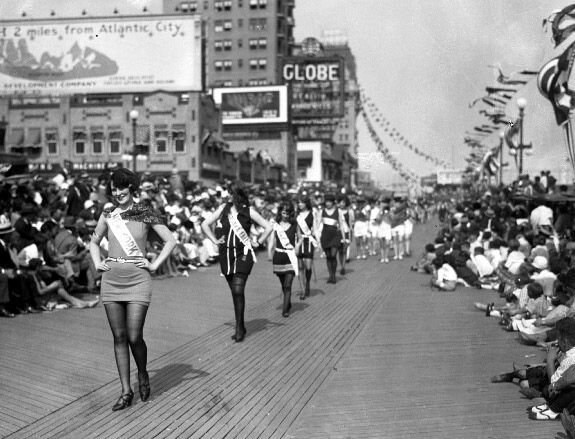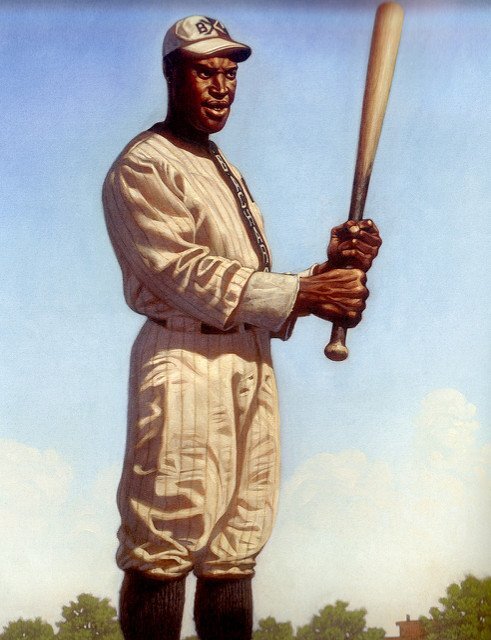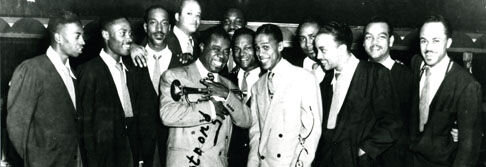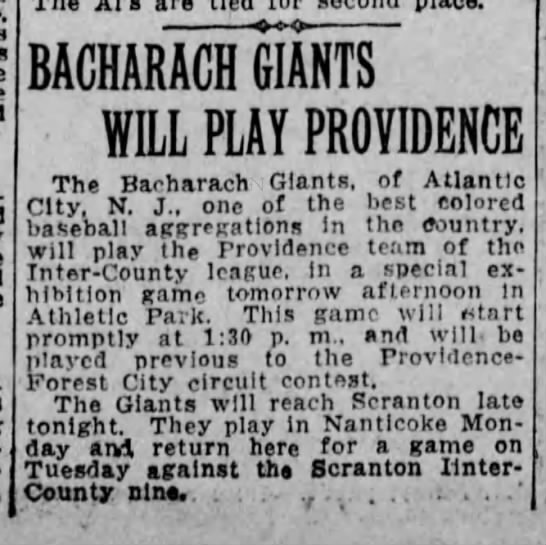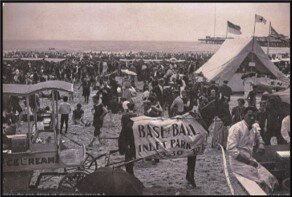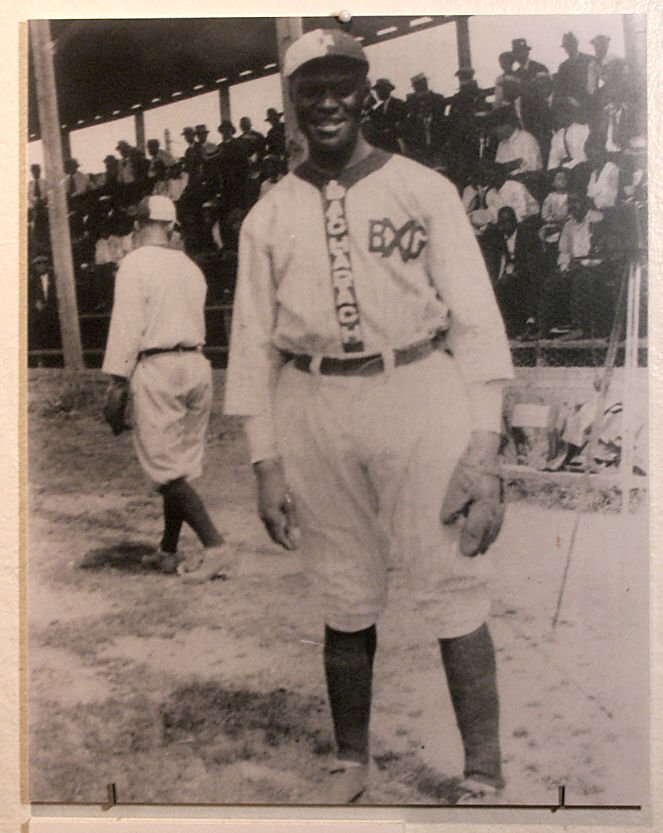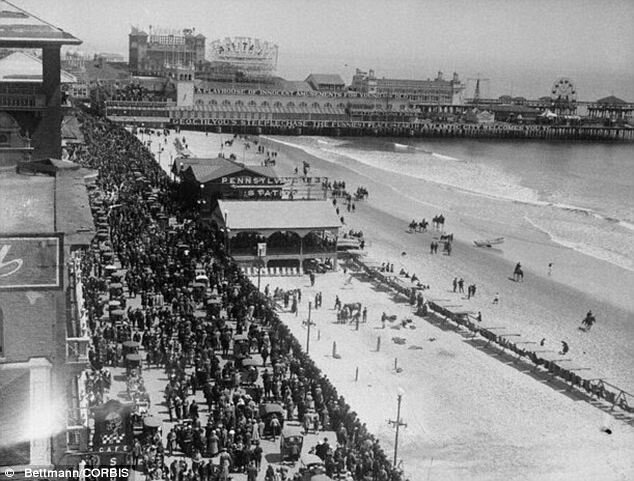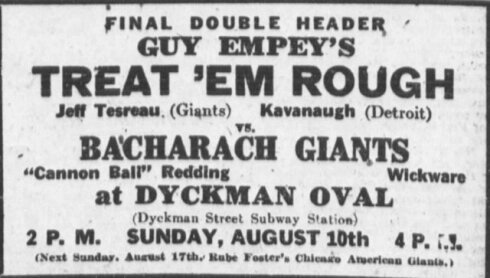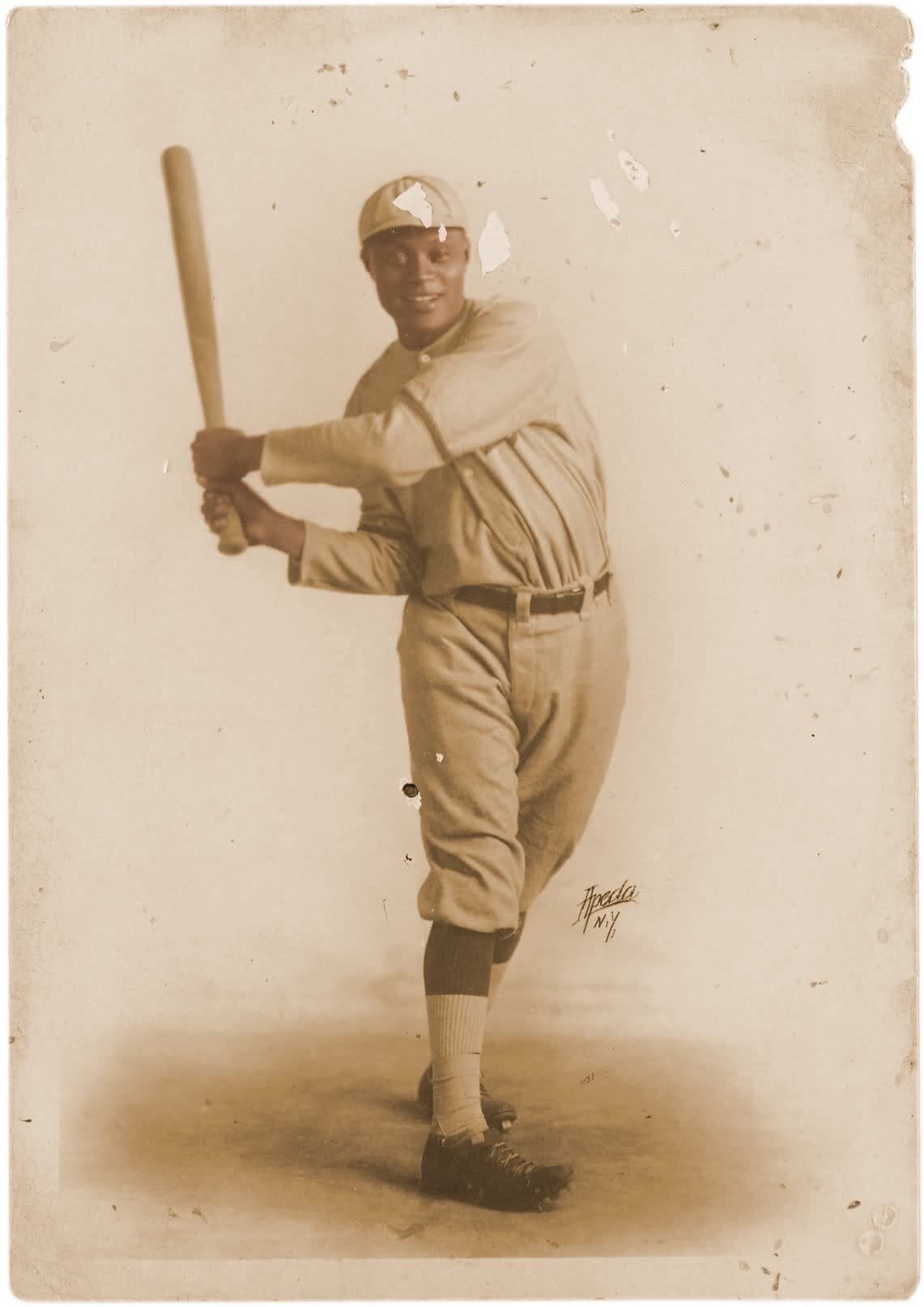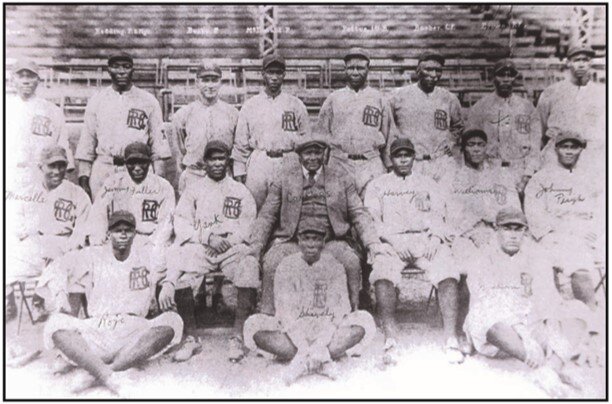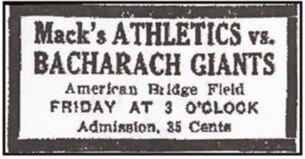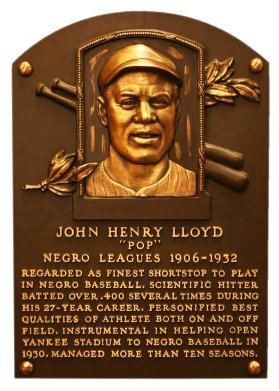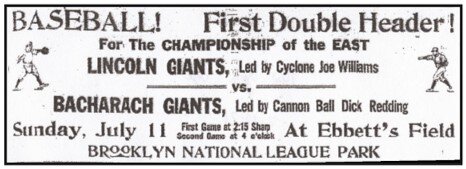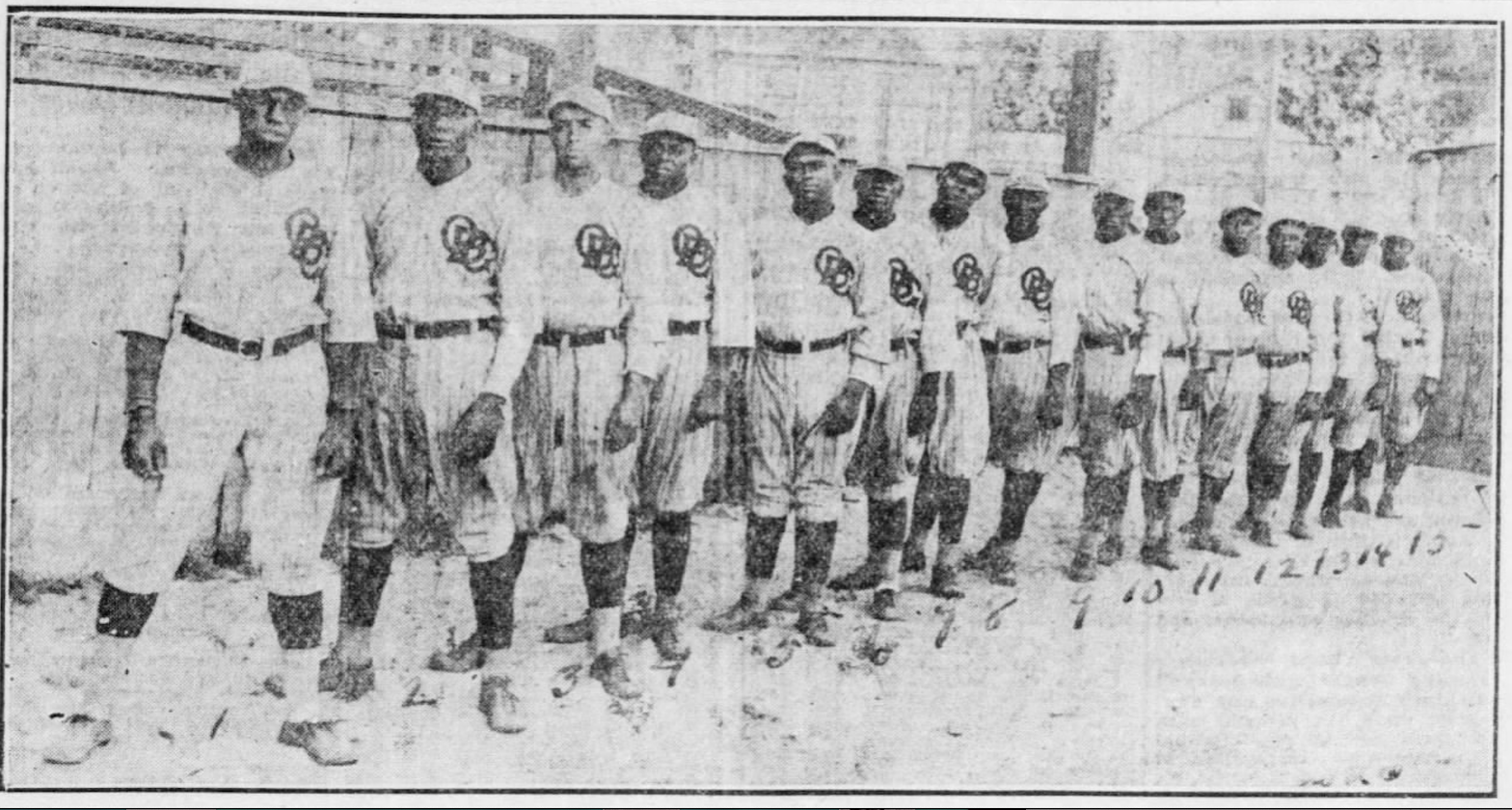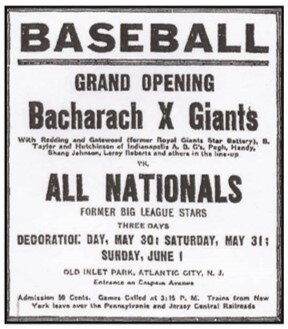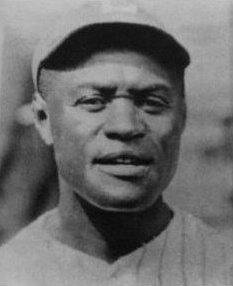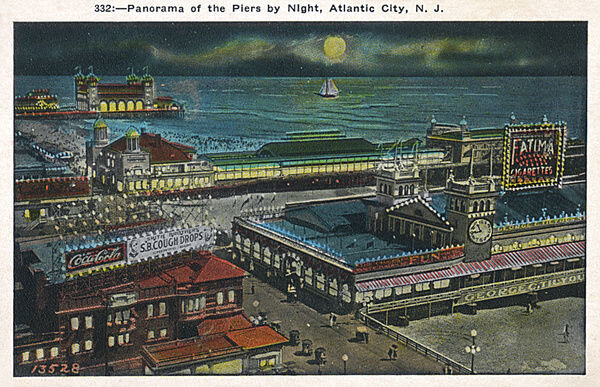We continue our dogged pursuit of the history of baseball's Negro Leagues with a stop this week in the suburban Philadelphia borough of Darby, PA - for a look at the famed Hilldale Club with SABR Seymour Medal-winning historian Neil Lanctot ("Fair Dealing and Clean Playing: The Hilldale Club and the Development of Black Professional Baseball").
Established as an amateur boys team in 1910 by a moonlighting civil servant named Ed Bolden, the club incorporated in November 1916, as the Hilldale Baseball & Exhibition Company - and developing into a professional Negro League powerhouse in the 1920s.
Along with Atlantic City's Bacharach Giants, Hilldale played as eastern "associates" of the predominantly midwestern Negro National League in 1920-21 - before becoming charter members of a full-fledged Bolden-founded rival Eastern Colored League in 1923.
Immediately, Hilldale's "Darby Daisies" became the team to beat - winning the ECL's first three league pennants, and earning two trips to the first-ever Colored World Series against the NNL's powerhouse Kansas City Monarchs - barely losing a best-of-nine series in 1924, but dominating in a five games-to-one title in 1925.
Darby lineups were frequently stocked with some of the top players of the era - including six eventual baseball National Baseball Hall of Famers: Oscar Charleston, "The Immortal" Martin Dihigo, "Pop" Lloyd, "Judy" Johnson, "Biz" Mackey, and Louis Santop.
Hilldale also made waning appearances in 1929's one-year American Negro League and 1932's East-West League as the economic strains of the Great Depression ultimately pushed the club into extinction.


